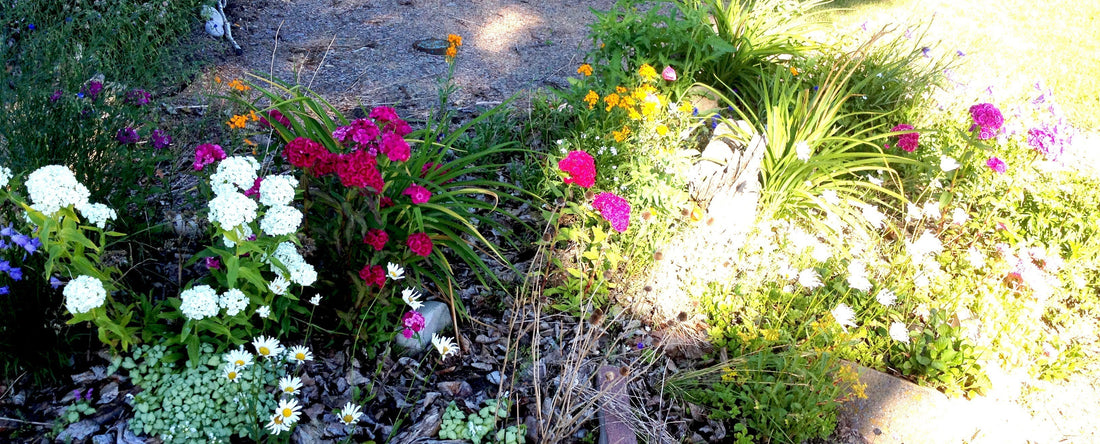
🌿 What’s the Difference Between Perennials, Biennials, and Annuals
Share
Annuals are plants that complete their entire life cycle in a single growing season. They germinate, grow, flower, produce seed, and then die—usually before or during the winter. Think of them as quick bursts of color that need to be replanted each year.
Biennials take two years to complete their life cycle. In the first year, they typically grow leaves, stems, and roots (often forming a low rosette), then go dormant over winter. In the second year, they flower, produce seed, and then die.
Perennials are plants that live for more than two years. They go dormant in the fall, losing their above-ground growth, but regrow from their root systems in spring. Some perennials are short-lived (3–4 years), but these tend to self-seed more readily. Others can live for decades, returning year after year.
